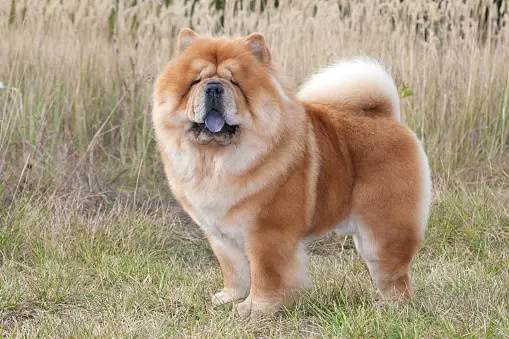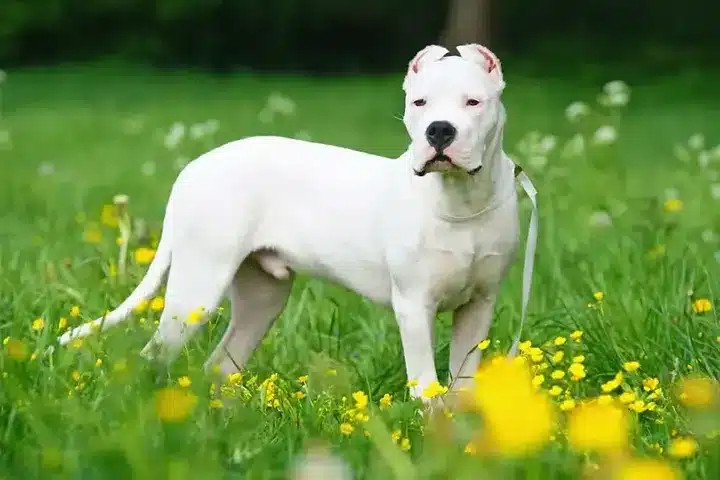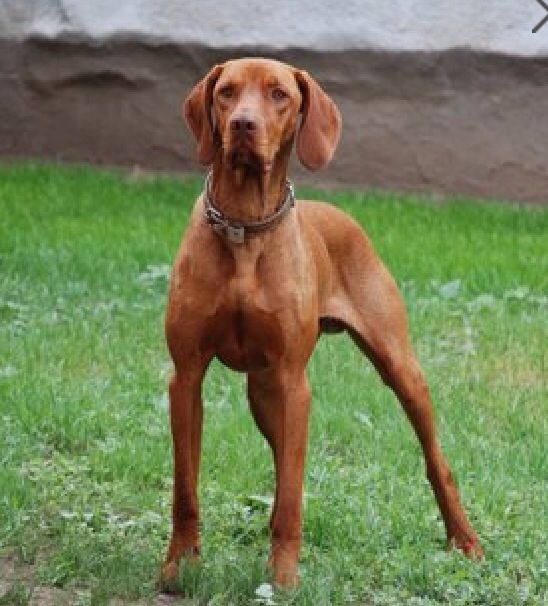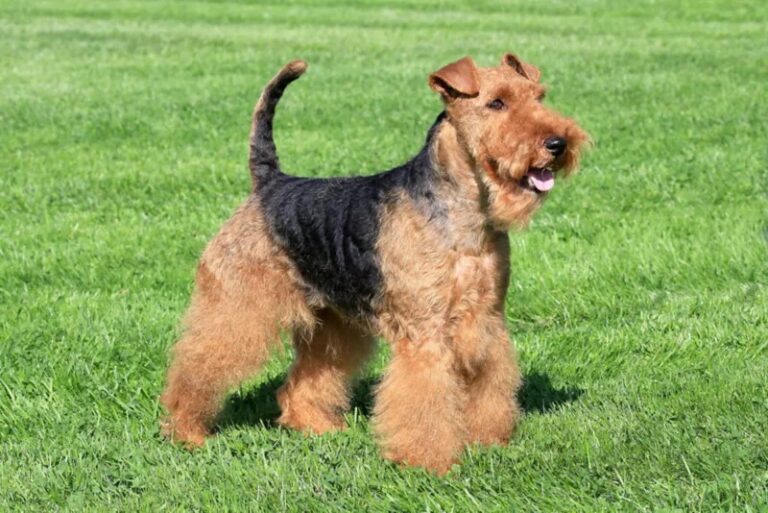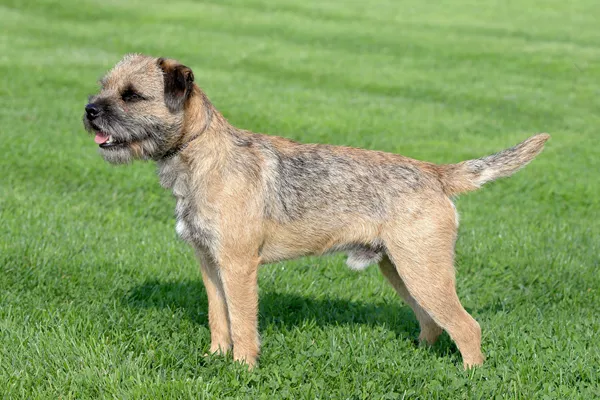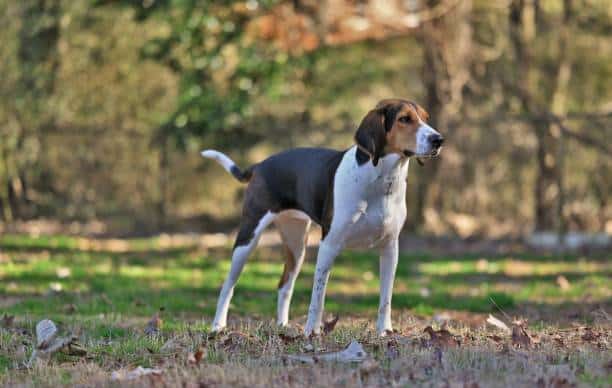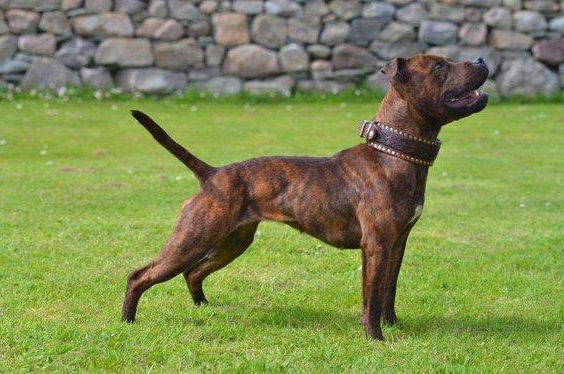Chow Chows are the majestic and aloof companion dogs. If you are looking for a loyal and independent furry friend, you have come to the right place. In this article, we will delve into the fascinating world of Chow Chows, exploring their origin, temperament, physical characteristics, and how to provide them with the best care. Whether you are a first-time owner or a seasoned dog lover, this article will equip you with all the essential information you need to know about Chow Chows. Let’s dive in!
History and Origin of the Chow Chow
Ancient Chinese Origins
The Chow Chow, also known as the “puffy-lion dog,” has a rich history that dates back thousands of years. Originating in China, this breed is believed to be one of the oldest dog breeds in existence. Ancient artifacts and writings depict a dog with striking similarities to the modern Chow Chow, indicating its ancient Chinese origins.
Evolution and Development
Over the centuries, the Chow Chow has evolved and developed through careful breeding and selection. They were initially bred for various purposes, including hunting, herding, and guarding. Their unique physical characteristics, such as their dense double coat, blue-black tongue, and distinctive lion-like appearance, were selectively enhanced through breeding programs.
Throughout its development, the Chow Chow has maintained its original characteristics and traits, making it a true testament to the preservation of ancient dog breeds. The breed’s ability to adapt to various environments and its exceptional resilience have contributed to its survival and popularity.
Chow Chow in Modern Times
In modern times, the Chow Chow has transitioned from its traditional roles into becoming a beloved companion and show dog. Its majestic and aloof demeanor, combined with its elegant appearance, has made it a sought-after breed among dog enthusiasts.
Despite its reserved nature, the Chow Chow forms strong bonds with its family and can be fiercely protective. Its independent and dignified personality requires proper training and socialization from an early age to ensure a well-rounded and well-behaved companion.
Furthermore, the Chow Chow’s distinctive appearance and unique traits have captured the attention of artists, photographers, and even advertisers. It has become an iconic representation of ancient Chinese culture and a symbol of beauty, grace, and regality.
In conclusion, the Chow Chow’s history and origin can be traced back to ancient China, where it played various roles in society. Through evolution and careful breeding, it has retained its distinct qualities and adapted to modern times as a majestic and aloof companion. The Chow Chow’s legacy as a beloved and iconic breed continues to thrive, captivating the hearts of dog lovers worldwide.
Physical Characteristics of the Chow Chow
Distinctive Appearance
One of the most notable physical features of the Chow Chow is its distinctive appearance. With its proud and dignified stance, the Chow Chow exudes an air of regality. This breed has a broad skull and a short, snub nose, giving it a unique and almost teddy bear-like face. Their large, deep-set eyes give them a soulful expression that adds to their charm. Additionally, Chow Chows have small, triangular-shaped ears that are rounded at the tips, further enhancing their adorable appearance.
Coat and Colors
The Chow Chow is renowned for its luxurious double coat. Its outer coat is dense, straight, and coarse, while the undercoat is soft and thick. This combination provides excellent protection from various weather conditions. Chow Chows come in a wide range of coat colors, including cream, red, black, blue, cinnamon, and even a rare white. The coat can be solid or have lighter or darker shades on certain areas, such as the face or tail. Their beautiful coat requires regular grooming to prevent matting and to keep it healthy and shiny.
Size and Build
Chow Chows are medium-sized dogs with a sturdy and muscular build. They have a compact and square-shaped body, with the height at the shoulder being similar to the length from the withers to the base of the tail. On average, male Chow Chows stand between 19 to 22 inches (48 to 56 cm) tall at the shoulder, while females are slightly smaller, ranging from 18 to 20 inches (46 to 51 cm) in height. In terms of weight, males typically weigh between 55 to 70 pounds (25 to 32 kg), while females weigh slightly less, ranging from 45 to 60 pounds (20 to 27 kg). Despite their sturdy build, Chow Chows have a graceful and effortless gait, which adds to their majestic presence.
Overall, the physical characteristics of the Chow Chow make it a truly majestic and unique companion. Their distinctive appearance, luxurious coat, and well-proportioned size and build all contribute to their charm and allure.
Temperament and Personality
Independent and Aloof Nature
Chow Chows are known for their independent and aloof nature. These dogs are not the type to constantly seek attention or affection from their owners. Instead, they prefer to maintain their own personal space and often display a reserved demeanor. This can be attributed to their ancient origins as guard dogs in China. Their independence is a testament to their self-reliance and ability to make decisions on their own. While this may make them seem aloof at times, it is important to understand that it is simply a part of their breed’s unique temperament.
Loyalty and Devotion
Despite their independent nature, Chow Chows are incredibly loyal and devoted to their families. Once they form a bond with their owners, they will go to great lengths to protect and care for them. This loyalty is deeply ingrained in their DNA, as they were originally bred to be fiercely loyal companions. Whether it’s standing guard over the house or offering a comforting presence to their loved ones, Chow Chows will always be there for their family members. Their unwavering devotion is one of the most cherished traits of this majestic breed.
Challenges in Training
Training a Chow Chow can be a challenging task. Due to their independent nature, they may not always be eager to please their owners or follow commands blindly. Their strong-willed personality requires a patient and consistent approach to training. It is important to establish a firm and positive leadership role while maintaining a gentle and understanding demeanor. Early socialization and obedience training are crucial for a well-rounded Chow Chow. With the right techniques, dedication, and plenty of positive reinforcement, these intelligent dogs can excel in obedience and various activities.
In conclusion, Chow Chows possess a unique temperament and personality that sets them apart from other dog breeds. Their independent and aloof nature, combined with their unwavering loyalty and devotion, makes them a truly majestic and intriguing companion. While training may present its challenges, the rewards of having a well-trained Chow Chow are immeasurable.
Health and Care of Chow Chows
Common Health Issues
Chow Chows are generally healthy dogs, but like any other breed, they are prone to certain health issues. It is important to be aware of these common health problems to ensure the well-being of your Chow Chow:
- Hip Dysplasia: This is a hereditary condition where the hip joint doesn’t fit properly, leading to discomfort and mobility issues. Regular exercise, a balanced diet, and maintaining a healthy weight can help reduce the risk of hip dysplasia.
- Entropion: Chow Chows have a tendency to develop entropion, a condition where the eyelids roll inward, causing irritation and potential damage to the cornea. Regular eye examinations and proper eye care are crucial to prevent this issue.
- Elbow Dysplasia: Similar to hip dysplasia, elbow dysplasia affects the front legs’ joints, leading to lameness and pain. Regular vet check-ups and controlled exercise can help manage this condition.
- Patellar Luxation: This condition occurs when the kneecap slips out of its normal position, causing discomfort and difficulty in walking. Regular exercise and maintaining a healthy weight can help reduce the risk of patellar luxation.
- Allergies: Chow Chows may develop allergies to certain foods, environmental factors, or even fleas. It is important to identify and eliminate the allergen to provide relief and prevent complications.
Grooming and Coat Maintenance
Chow Chows have a thick double coat that requires regular grooming to keep them looking their best and maintain their overall health. Here are some tips for grooming and coat maintenance:
- Brushing: Regular brushing is essential to prevent matting and keep the coat healthy. Use a slicker brush or a metal comb to remove loose hair and tangles. Brushing should be done at least once a week, but during shedding seasons, daily brushing is recommended.
- Bathing: Chow Chows have a natural oil in their coat that helps protect their skin. Therefore, bathing should be kept to a minimum to avoid stripping away these oils. Aim for bathing your Chow Chow every 2 to 3 months or as needed. Use a gentle dog shampoo and ensure thorough rinsing to prevent skin irritation.
- Coat Trimming: Regular trimming of the fur around the paws and ears can help prevent dirt and debris from accumulating, reducing the risk of infections. However, avoid excessive trimming as the coat provides insulation and protection from both heat and cold.
- Nail Trimming: Chow Chows have sturdy, fast-growing nails that need to be trimmed regularly. Overgrown nails can cause discomfort and affect the dog’s gait. Use a dog nail trimmer and be cautious not to cut too close to the quick, as it can cause bleeding.
Exercise and Diet
Proper exercise and a balanced diet are crucial for the overall health and well-being of Chow Chows. Here are some recommendations to ensure they stay fit and healthy:
- Exercise: Although Chow Chows have a relatively low exercise requirement compared to some other breeds, regular physical activity is still important to prevent weight gain and maintain muscle tone. Daily walks, play sessions, and mental stimulation activities are recommended.
- Diet: Chow Chows tend to have a sensitive digestive system, so it is important to provide them with a high-quality, easily digestible diet. Choose a dog food that is specifically formulated for Chow Chows or for large breeds. Divide their meals into two or three smaller portions to prevent bloat, a potentially life-threatening condition.
Remember, consulting with a veterinarian is always recommended for personalized advice on the health, grooming, and dietary needs of your Chow Chow. By following these guidelines, you can help ensure your Chow Chow remains a majestic and healthy companion.
Chow Chow as a Family Pet
Compatibility with Children
Chow Chows can make wonderful companions for families with children. While they are known for their aloof nature, they can still form strong bonds with their human family members, including children. However, it is important to teach children how to interact with a Chow Chow in a respectful and gentle manner.
Chow Chows tend to have a low tolerance for rough play or excessive pulling of their fur, so it’s crucial to educate children on the importance of being gentle and considerate. Supervision is recommended, especially when younger children are interacting with a Chow Chow, to prevent any accidental harm to either the child or the dog.
Interaction with Other Pets
When it comes to interacting with other pets, Chow Chows can display a territorial nature. They tend to be more reserved and less inclined to socialize compared to some other breeds. However, early socialization and proper introduction can help them get along well with other pets in the household.
Introducing a Chow Chow to other pets should be done gradually and under controlled circumstances. Supervision is necessary, especially during the initial stages of the introduction process. With proper socialization and positive experiences, Chow Chows can learn to coexist peacefully with other pets, such as cats or smaller dogs.
Creating a Safe Environment
Creating a safe environment is essential to ensure the well-being of both your Chow Chow and your family. Here are some key considerations:
- Secure Fencing: Chow Chows have a tendency to wander, so it’s important to have a secure and sturdy fence around your property. This will prevent them from escaping and getting into potentially dangerous situations.
- Child-Free Zone: It can be beneficial to establish certain areas in your home as “child-free zones” where your Chow Chow can retreat to when they need some alone time. This will provide them with a safe space where they can relax without being disturbed by children.
- Hidden Hazards: Take precautions to eliminate any potential hazards that could harm your Chow Chow. This includes keeping toxic plants, chemicals, and small objects out of their reach.
- Training and Socialization: Proper training and socialization are crucial for a well-adjusted Chow Chow. Enroll them in obedience classes to teach them basic commands and good behavior. Additionally, expose them to various environments, people, and situations to ensure they are comfortable and confident.
By following these guidelines and creating a safe environment, you can ensure a harmonious and fulfilling relationship between your Chow Chow and your family.
Chow Chow is a truly majestic and aloof companion that captivates the hearts of many dog enthusiasts. Its unique appearance, regal demeanor, and independent nature make it a breed like no other. While it may require extra effort and patience to earn their trust and loyalty, the bond formed with a Chow Chow is unparalleled. Whether you are looking for a loyal and protective companion or simply want to admire a breed that exudes grace and elegance, the Chow Chow is a perfect choice. So, consider welcoming this majestic and aloof companion into your life and experience the joy of having a true companion by your side.

